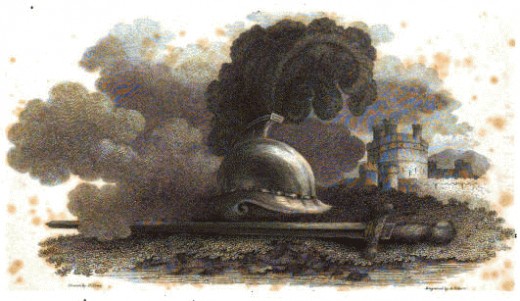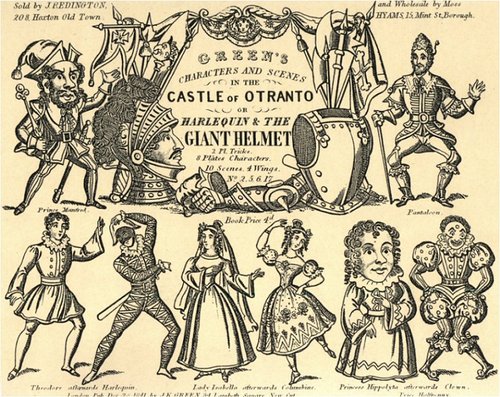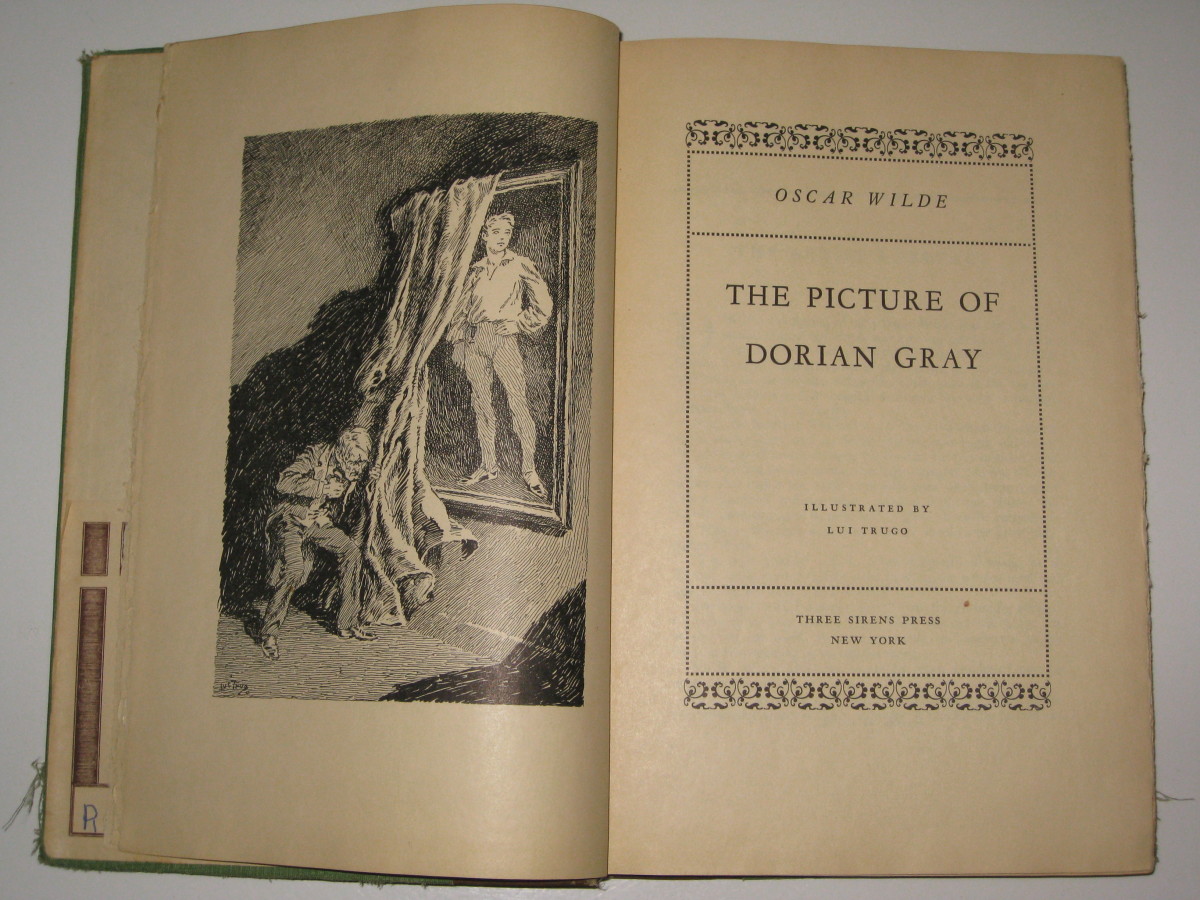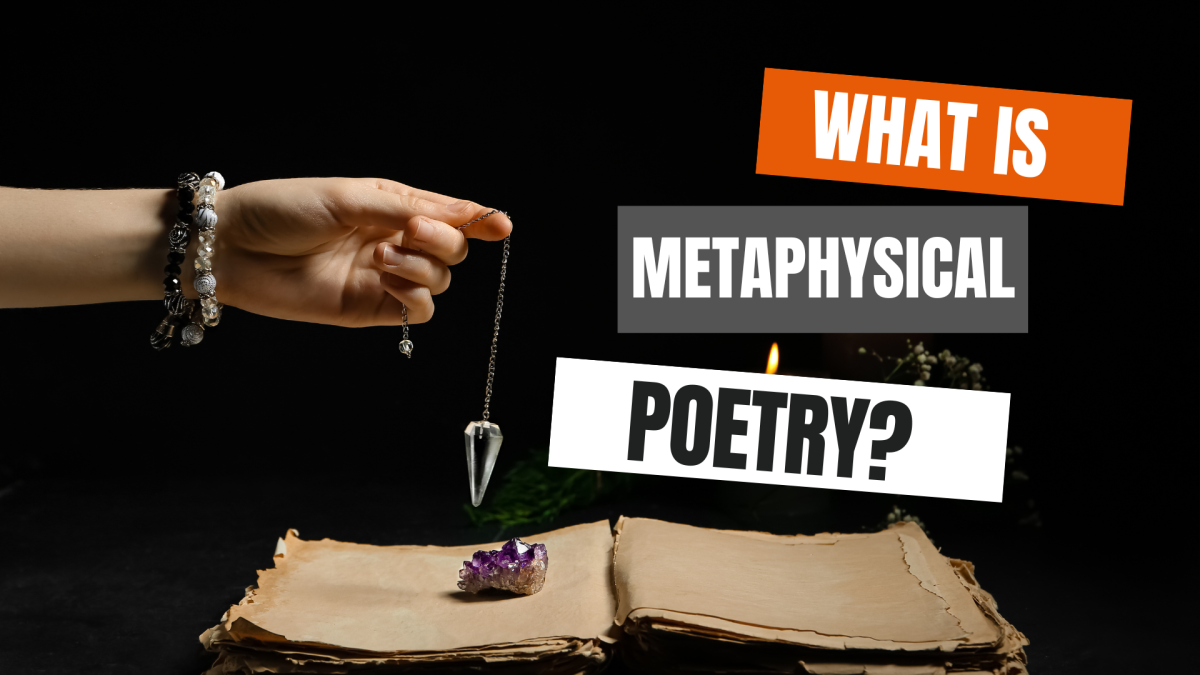A Review of The Castle of Otranto by Horace Walpole

About the Author
Amongst his many other achievements, Horace Walpole is best known for his classic gothic novel, The Castle of Otranto (1764). Born in London in 1717, he was the youngest son of Prime Minister Sir Robert Walpole and Catherine. Walpole attempted to follow in his father's footsteps by going to school at Eton College and King's College, Cambridge, but ended up leaving Cambridge at the end of 1738 without a degree.
A year earlier, Walpole's mother died, a big deal for a "natural celibate" whose only real love seemed to be that of a devoted son for his mother. The fact that he would never marry and kept a lot of close female friends while being described as somewhat effeminate brings some to question his sexuality.
From 1739-1741, Walpole traveled all over Italy and parts of Europe, writing Epistle from Florence to Thomas Ashton, Esq., Tutor to the Earl of Plymouth in the meantime. Upon his return to England, he was elected Whig Member of Parliament for Callington Cornwall, a position he held for another thirteen years.
Amongst his many other political achievements, Walpole also built the infamous Strawberry Hill. This home in Twinkenham is recognized as a revival of the Gothic style in architecture before the Victorian era and began the new architectural trend called neo-Gothic.
In 1764, Walpole finally published The Castle of Otranto. The preface of its second edition, According to James Watt, "has often been regarded as a manifesto for the modern Gothic romance, stating that his work, not subtitled 'A Gothic Story,' sought to restore the qualities of imagination and invention to contemporary fiction" (Watt).

The Gothic Novel: What is Gothic Literature?
- The Gothic Novel: What is Gothic Literature?
Perhaps you've found yourself asking "What is Gothic Literature?" or you've been given an assignment on the subject. The gothic novel is a genre with a rich history that still manifests itself today through the works of famous authors such as Stephen
The Castle of Otranto
Who doesn't love a novel that starts off with a gigantic helmet mysteriously landing on the son of the bad guy?
Conrad, the son of Manfred is frail, sickly, and about to marry Isabella. Unexpectedly, he is found dead, killed by a helmet, the weight of which, like his father's expectations, was too heavy to bear. Unable to figure out the cause of such an incredible accident, the first one to receive the blame is a mysterious peasant, who all believe must be a sorcerer. The man is imprisoned under the helmet while Manfred decides what to do next.
Manfred becomes inconsolable, not so much for the death of his son, but more for the death of his house as his only heir has now been taken away from him forever. His solution: divorce his wife, Hippolita, and marry Isabella himself. This isn't revealed to all, but his plan is to get Hippolita to agree to a divorce and then send her to a convent where she will live out the rest of her days. He also claims that they are related so that this divorce is absolutely necessary since it is against he laws of the Church.
The Castle of Otranto has a history that is deep and confusing. The ancestors of Manfred supposedly received it as a gift from Alfonso the Good when he died without an heir but another house, the one Isabella belongs to, also lays claim to the same property since they are the only relations by blood to Alfonso. Marrying into this family would not only give Manfred the opportunity to produce a male heir, something Hippolita is too old to achieve, but also secure his rights to Otranto.
Isabella, upon hearing his plan, runs from Manfred to a nearby convent where she seeks safety and security from the church. During her journey, she is aided by the very same mysterious man who is suspected of sorcery and escapes imprisonment under the helmet. Later on, once she's finally safe, one of the monks, Jerome, helps act as messenger, returning to Manfred to reveal where Isabella is and why she will not return, something that angers the prince. During negotiations to retrieve her, he figures out that the peasant, Theodore, aided the princess and sentences him to death by beheading.
When he undoes his collar and reveals his neck, a birthmark shows that Jerome says proves that Theodore is in fact his long lost son. He begs for Theodore's life, eventually agreeing to bring the princess back to Manfred in exchange for his son's freedom. However, when he gets back to the convent, Isabella is gone.
In the meantime, Theodore is released from his prison by Manfred's daughter, Matilda, becoming entranced by her beauty before going off to find Isabella himself. He finds her, and things become even more complicated in this web of Gothic drama.

Upon finding Isabella and hiding her in a cave to help protect her, Theodore is confronted with a knight who has come for the same reasons. They fight and Theodore badly wounds his challenger, discovering then that the man is actually Frederick, Isabella's father. They race back to the castle to work everything out, coming to the conclusion that Manfred and Frederick will marry each other's daughters, even though Matilda and Theodore have fallen deeply in love.
Still the classic bad guy, Manfred cannot just go with the deal and holds suspicion over his soon to be bride, Isabella. Believing she plans to secretly meet Theodore at the church, Manfred goes to their meeting place, taking a knife with him, and stabs who he believes is Isabella but is actually his own daughter, Matilda.
In the end, Theodore is revealed to be the real prince of Otranto and ends up marrying Isabella since she is the only one that can understand his pain at the loss of his beloved Matilda.
The First Gothic Novel
Commonly regarded as the first gothic novel, The Castle of Otranto is a great read for those who follow this genre. With this novel, Horace Walpole helped initiate this literary genre as one of the most popular during the eighteenth and nineteenth century. So, if you are into classic gothic literature or are interested in giving a novel of this genre a try, I would suggest taking a stab at The Castle of Otranto.
Bibliography
Watt, James. "Gothic" in The Cambridge Companion to English Literature 1740–1830 ed. Thomas Keymer and Jon Mee, 119–138. Cambridge: Cambridge University Press, 2004.
© 2012 Lisa






